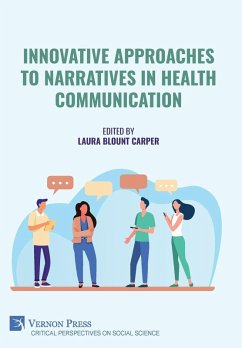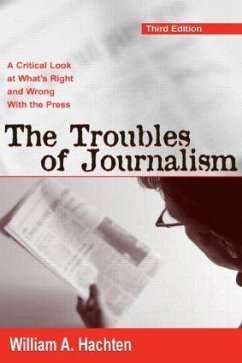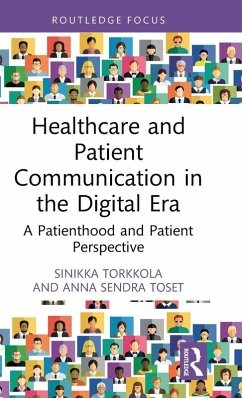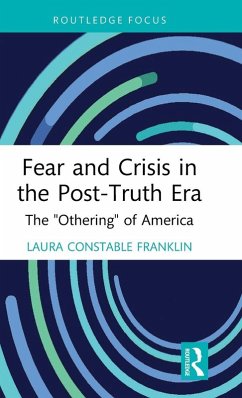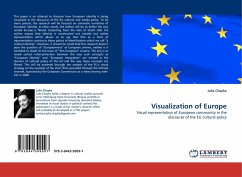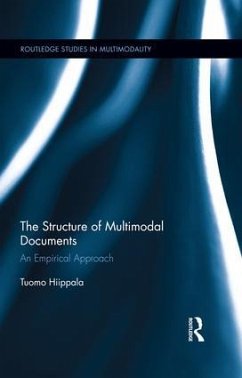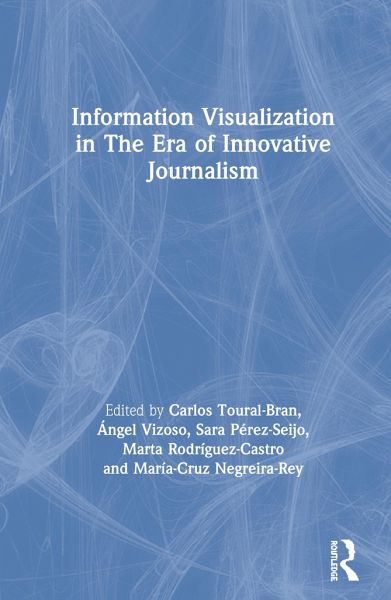
Information Visualization in The Era of Innovative Journalism
Versandkostenfrei!
Versandfertig in 1-2 Wochen
158,99 €
inkl. MwSt.
Weitere Ausgaben:

PAYBACK Punkte
79 °P sammeln!
Information Visualization in The Era of Journalistic Innovation brings together over thirty authors from countries around the world to synthesize how recent technological innovations have impacted the development, practice, and consumption of contemporary journalism.





